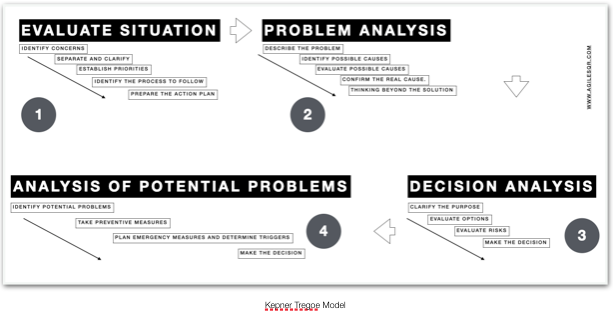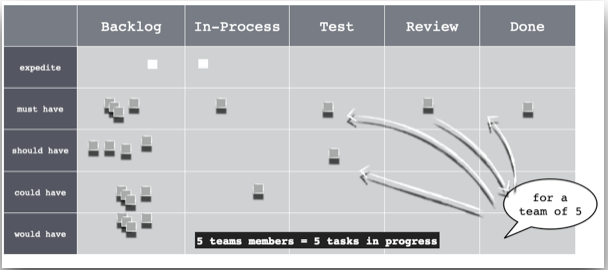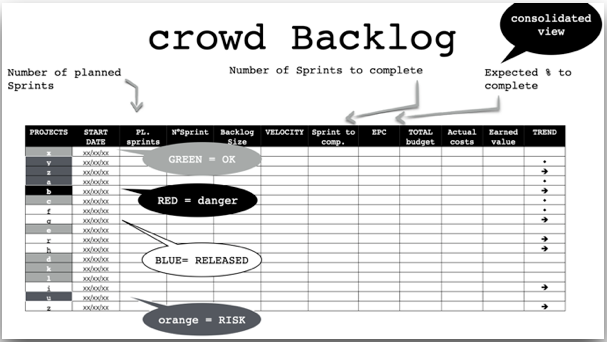Decision-Making in the New Normal by Pierre Neis
In these turbulent COVID-19 times, anxiety and fear are freezing our ability to respond to any threats or opportunities in our business environment.
We are in survival mode where our reptilian brain takes over rationality. Stopping the engine instead of moving forward appears to us in this state to be the only action feasible. Brain and guts, reflection and action are disconnected. In cognitive psychology, this phenomenon is called 'reverse locked-in syndrome" where the brain commands one to fight the fire rather than prevent the fire. Your company rapidly becomes an empty shell unable to respond to any new opportunities.
Here is how leaders can start leading again: walk slowly through the fog until they find the light for the sake of their company, their people and themselves.
MBA students have learned how to analyze a situation and use best practices to set up an action plan for execution. This way of working is linear and applies the analyze-and-respond approach:
- Analyze the situation
- Prioritize
- Select option
Usually, the decision-making process is a structured linear process with clear cause and effect relationships. Tools like 4W1H, Fishbone Diagram or the Kepner Tregoe method are helpful.
The New Normal (a.k.a. VUCA) situation or complex system have a completely different manner to address Problem Solving and Decision Making. This situation is unknown, the path through is not documented and you can't apply best practices.
In systems thinking, we call this situation unstructured where cause and effects are decoupled and each solution is unique. In this context, you are looking for collective problem-solving. The aim is not to analyze the whole problem but it is to probe, sense and respond with tiny options to experiment. Those options allow continuing moving forward in a much slower pace. Keeping the organization moving prevents crystallization and locked-in.
This is how the agile way of working has tackled problems for the last twenty years. The idea of experimenting early, failing faster, creates a better understanding of the problem while getting necessary data sooner.
From a team dynamics perspective, we assume that the solution is already known in the company and we have to create the conditions to test the hidden options.
In this context, you are making decisions on collections of options. Some techniques like MosCow and WSJF are leading to prioritizing those options and are helping to rationalise instinctive decisions:
- MoSCoW: or must have, should have, could have and won't have prioritization
- WSJF: or weighted shortest job first (D. Reinertsen) is based on two parameters Cost of Delay and Duration
These techniques are quite simple if you are addressing one single problem. What is happening is you have several projects, problems, multiple teams, multiple locations? You can use the same approach but at a much higher level in your corporate portfolio:
Pr. Dr Peter Kruse was an expert in complex systems theories. He explained that the very nature of complexity is in decision making. In complex systems, you will find ambivalent situations where techniques might valid all options even those being contradictory. The only known way of getting away from such confusion is to trust your limbic system or your instinct.
Trusting your instinct sounds unscientific but this is where human beings differ from machinery: a human brain can take decisions even without knowing all the details of a particular situation.
To mitigate the risk of bad decision making, the Agile world is using two cognitive approaches which mutually reinforce each other:
- collective decision making: the way of working is negotiation based where all the involved parts have an acceptable win.
- And iterative decision making: the deal, result of that negotiation is valid during a limited time until the collective gathers again for a new deal. This empirical approach is helping about a stocked situation allowing pivoting or persevering.
As a conclusion, decision-making process in the New Normal is collective and collaborative. The collective is iterating shortly testing all the options until the hidden one emerges from that dynamic.
And once the storm is passed, you can roll back to a more traditional decision-making process.
Pierre E. Neis
Author of "The New Normal: AO concepts and patterns of 21-st century agile organizations"
Comments
By accepting you will be accessing a service provided by a third-party external to https://www.requisiteagility.org/







